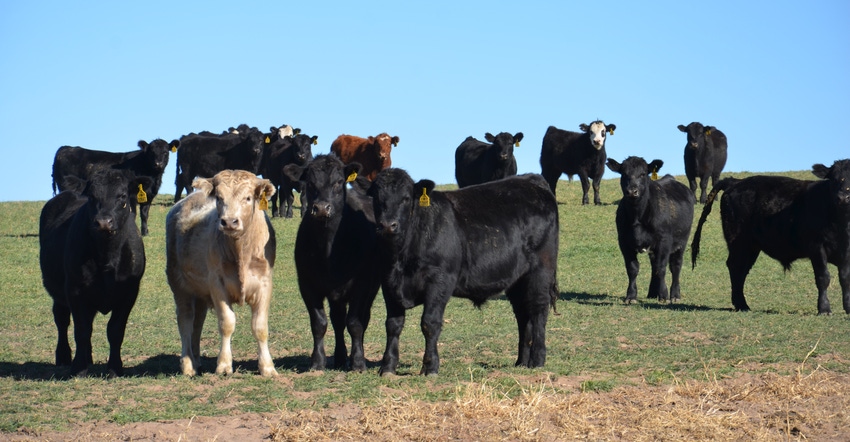Producers are aging, but the next generation appears to be in place.
November 5, 2020

Sponsored Content
More than in other sectors of the cattle business or agriculture, stocker operators are aging faster, according to the latest BEEF National Stocker Survey (NSS), sponsored by Zoetis.
All told, 83% of respondents are 55 or older, compared to 60% in 2007. Of those, 60% are 64 or older, compared to 32% in 2007. For context, the average age of agricultural producers in the 2017 USDA Census of Agriculture was 57.5.
Keep in mind, 50% of respondents classified themselves as the owner/manager of the operation, while another 45% said they were the owner.
Although there are slight differences, the aging trend holds true across operation size and operation type defined by the survey.
For survey purposes, respondents were classified as:
Pure Stocker (PS)—those involved exclusively in stockering and backgrounding cattle.
Cow-calf Stocker (CCS)—those involved in both the cow-calf business as well as stockering and backgrounding cattle.
Feedlot Stocker (FS)—those involved in both stockering and feeding cattle.
Whole Cycle Stocker (WCS)—Operators involved in cow-calf, stocker and cattle feeding segments of the business.
Age can also be seen in operational maturity, with 53% of respondents saying they have actively purchased/managed stockers for at least the past 31 years; 32% for more than 40 years. Only 11% have purchased/managed for 10 years or less.
With that said, 68% of those 44 years or younger have purchased/managed stocker cattle for 6-10 years (32%) or 11-20 years (36%). Overall though, purchasing/managing tenure increases with age.
By size, operations with 1,000-2,499 head (37%) represent the category with the most operators purchasing/managing for 40 years or more.
According to the 2017 Census of Agriculture, 73% of agricultural producers had been in business for 11 years or more. Respondents to that survey said they had been on their operations an average of 21.3 years.
Next generation ready
As startling as the age trends might first appear, the survey also suggests many current stocker operations will continue with the next generation. Overall, 76% of respondents say family is involved in the day-to-day operation. Of those, 62% say children are involved, 57% say the spouse and 13% say a sibling.
By operation size, defined as the number of head marketed annually, 63% of operations with 2,500 head or more say children are involved in the operation; 66% of those with 1,000-2,499 head; 68% of those with 500-999 head.
As might be suspected, more whole-cycle stockers (84%) say family is involved in the operation, compared to 76% for cow-calf stockers and feedlot stockers; 68% for pure stockers.
Of those, more cow-calf stockers (66%) and whole cycle stockers (68%) say children are involved in the operation than pure stockers (43%) and feedlot stockers (60%).
In terms of geography, 11% of respondents say they own and manage the majority of their cattle in Kansas, followed by Nebraska (10%), Missouri (9%), Oklahoma (8%) and Texas (7%). That’s similar to the 2007 NSS, but 5% more cite Nebraska as the state of primary stocker activity, while 6% fewer cite Texas. The long-term, widespread drought in the Southern Plains between surveys likely explains some of the transition.
Editor’s note: BEEF completed analysis of the latest National Stocker Survey this fall. The first was done in 2007. They are the only national surveys to provide in-depth detail of stocker production, management and marketing. Both were conducted in order to gain more precise understanding of this diverse and critical industry sector.
About the Author(s)
You May Also Like



